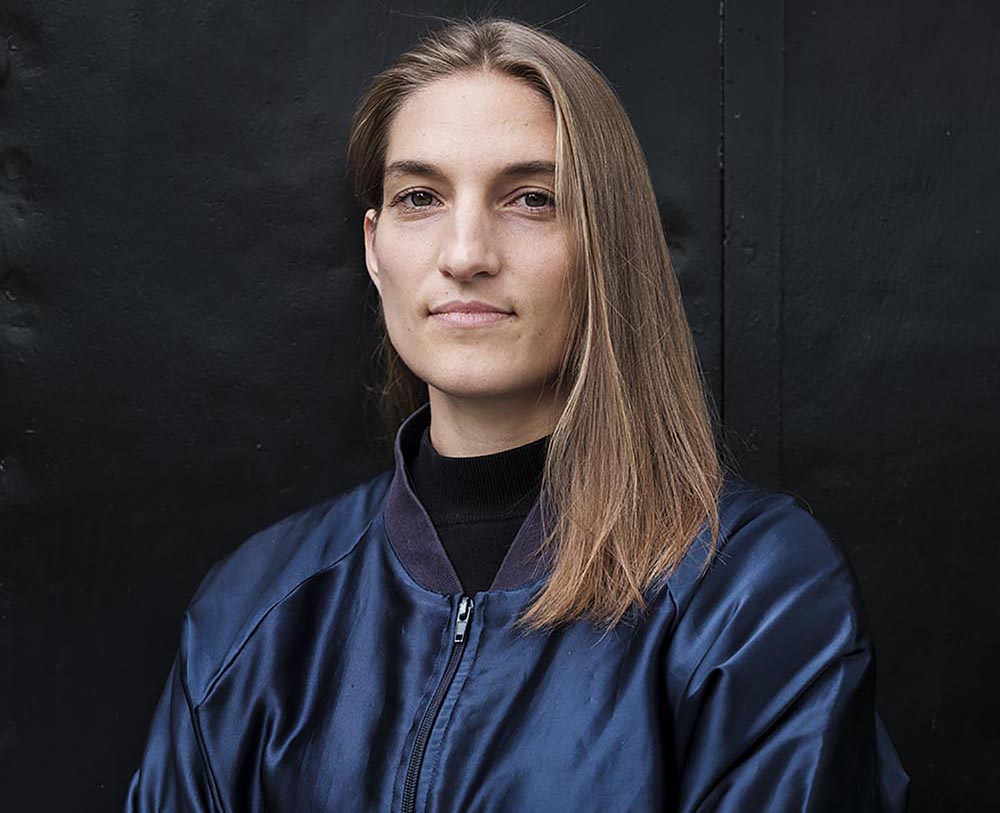DON’T MAKE THEM TELL YOU WHERE THEY COME FROM: in conversation with Marit Wolters
Metronom: The title of the exhibition Don’t Make Them Tell You Where They Come From reflects upon the creative process, and on the relationship between the works and the reality from which they are generated. How do you think your works deal with this reflection?
Marit Wolters: My works evolve from the close perception of the space they are meant to be shown in for the first time. In daily life, our perception has to eliminate every stimulus that is not necessary to react to. If we would consciously perceive every single detail of our surrounding, our cognitive system would collapse into hyperstimulation. In my site-specific installations, I often play with this circumstance and insert my artworks, almost hidden, into the site. The pieces adapt forms I find in the space or operate amongst typical materials. In Don’t Make Them Tell You Where They Come From, pieces that have been made for a previous show are on display in a typical gallery set up – not hidden and mostly not in correspondence with the spatial structure. This leads to the question: how does the new context they appear in, alter their identity as artworks? They had been generated within a certain context under specific circumstances, and you can still find these elements inscribed into the artworks through their form and their material. Also, the transformation process can be seen as the material captures each single step of the conversion from the original piece to the artwork. You can see the original mold, how it’s been burnt in the kiln, leaving back traces of ashes in the metal (Corridor #1, Corridor #2). Or the latex mold that has been used several times for casting, starting to have creases that are passed on onto the surface of the cast artwork (Lovers in Our Minds’ Eyes). In this way, the history of its production is inscribed into the work. Taken from its original site, being displaced into a different setup, the works still bear the story of their coming into being. At the same time, the new display allows the viewer an unknown perspective of the works that renders visible different aspects of their identity.
M: Corridor #1, Corridor #2 and Lovers in Our Minds‘ Eyes (2018) are works that reproduce elements of urban architecture such as manhole covers and air-vents grids, but placing them in an unconventional position: what is normally on the street pavement is here hanging on a wall, and what is usually on the ceiling is here on the ground. Why?
MW: Lovers in Our Minds’ Eyes resembles a manhole cover from the public domain and is being presented on the floor of the gallery. The change of context distorts the perception of the viewer. Compared to the fine wooden gallery floor, the grid looks raw, rigid and stubborn. Corridor #1 and Corridor #2 find themselves in the middle of white walls, with little material around it to communicate to, whereas there were many elements in the first space to relate to. In this way, the specific characteristics of the objects are being emphasized. It’s about the change of perception that happens through these displacements.
M: What’s the origin behind these titles?
MW: Concerning Lovers in Our Minds’ Eyes, the artwork was placed in relation to a Viennese coffee table in the first exhibition space I presented it in. The coffee table seemed to be a stranger in the former office space, just as the freshly inserted grid. The grid took over the coffee tables materiality. They became “lovers in their minds’ eyes” as they were so strongly connected but, being on different sides of the exhibition space, couldn’t touch each other. “Corridor” refers both to the wax channels – transformed into aluminum during the casting process – that form the first level of the pieces, and the original function of the ventilation grids, being a passage, rendering the walls they were found in, into permeable membranes.
© Marit Wolters / Courtesy METRONOM
17/12/2020

